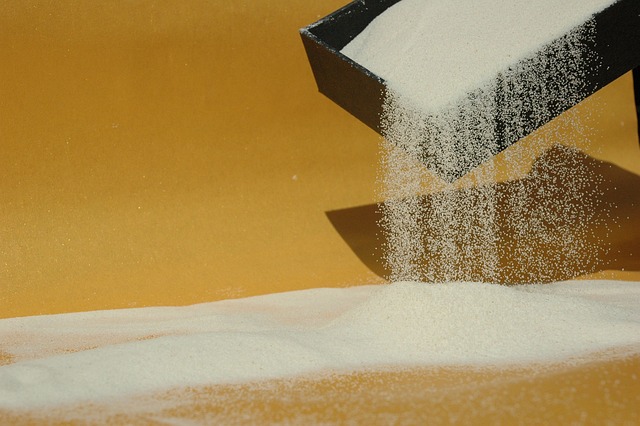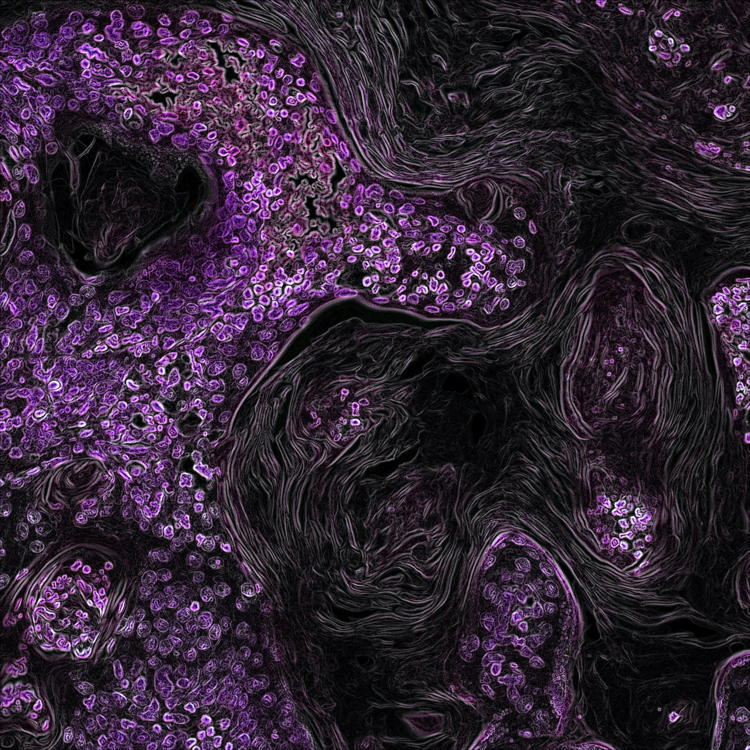Histochemical localization of sialic acids and antimicrobial substances in eccrine glands of porcine snout skin

Submitted: 5 October 2011
Accepted: 15 December 2011
Published: 9 February 2012
Accepted: 15 December 2011
Abstract Views: 1047
PDF: 631
HTML: 6602
HTML: 6602
Publisher's note
All claims expressed in this article are solely those of the authors and do not necessarily represent those of their affiliated organizations, or those of the publisher, the editors and the reviewers. Any product that may be evaluated in this article or claim that may be made by its manufacturer is not guaranteed or endorsed by the publisher.
All claims expressed in this article are solely those of the authors and do not necessarily represent those of their affiliated organizations, or those of the publisher, the editors and the reviewers. Any product that may be evaluated in this article or claim that may be made by its manufacturer is not guaranteed or endorsed by the publisher.
Similar Articles
- Manxiu Cao, Lei Zhang, Jiaqi Chen, Cangyu Wang, Junhong Zhao, Xiang Liu, Yongjing Yan, Yue Tang, Zixiu Chen, Haihong Li, Differential antigen expression between human apocrine sweat glands and eccrine sweat glands , European Journal of Histochemistry: Vol. 67 No. 1 (2023)
- T. Nara, T. Yasui, O. Fujimori, W. Meyer, A. Tsukise, Histochemical properties of sialic acids and antimicrobial substances in canine anal glands , European Journal of Histochemistry: Vol. 55 No. 3 (2011)
- Liqin Xi, Chen Wang, Pengyu Chen, Qi Yang, Ruiqi Hu, Haolin Zhang, Qiang Weng, Meiyu Xu, Expressions of IL-6, TNF-α and NF-κB in the skin of Chinese brown frog (Rana dybowskii) , European Journal of Histochemistry: Vol. 61 No. 4 (2017)
- Tadashi Yasui, Hiroshi Gomi, Taishi Kitahara, Azuma Tsukise, Ultrastructure and immunohistochemical characterization of proteins concerned with the secretory machinery in goat ceruminous glands , European Journal of Histochemistry: Vol. 61 No. 3 (2017)
- D. Kluchova, A. Bolekova, C. Heichel, A. J. Bron, I. Kozak, NADPH-diaphorase expression in the Meibomian glands of rat palpebra in postnatal development , European Journal of Histochemistry: Vol. 54 No. 4 (2010)
- I. N. Vatsos, Y. Kotzamanis, M. Henry, P. Angelidis, M. Alexis, Monitoring stress in fish by applying image analysis to their skin mucous cells , European Journal of Histochemistry: Vol. 54 No. 2 (2010)
- Gianluca Accogli, Giovanni Scillitani, Donatella Mentino, Salvatore Desantis, Characterization of the skin mucus in the common octopus Octopus vulgaris (Cuvier) reared paralarvae , European Journal of Histochemistry: Vol. 61 No. 3 (2017)
- Hao Li, Junliang Chen, Wenjun You, Yizhen Xu, Yaqiong Ye, Haiquan Zhao, Junxing Li, Hui Zhang, Developmental characteristics of cutaneous telocytes in late embryos of the silky fowl , European Journal of Histochemistry: Vol. 68 No. 4 (2024)
- C. Pellicciari, On the future contents of a small journal of histochemistry , European Journal of Histochemistry: Vol. 56 No. 4 (2012)
- A. Bolekova, D. Kluchova, L. Tomasova, N. Hvizdosova, Effect of retinoic acid on the nitrergic innervation of meibomian glands in rats , European Journal of Histochemistry: Vol. 56 No. 4 (2012)
You may also start an advanced similarity search for this article.

 https://doi.org/10.4081/ejh.2012.e6
https://doi.org/10.4081/ejh.2012.e6










